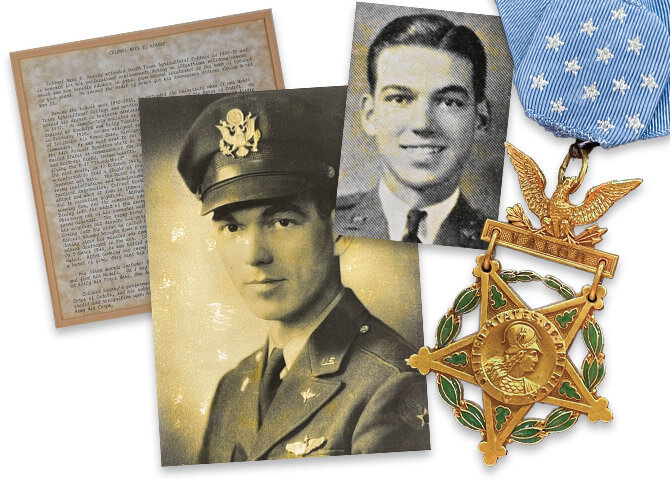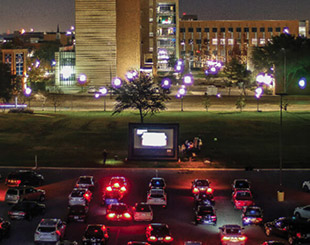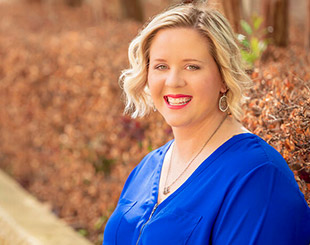It was meant to be a reconnoiter mission of a strongly defended enemy base at Wewak in New Guinea during World War II. Col. Neel Kearby led a flight of four fighters into the area, observed the enemy’s installations and reinforcements at four airfields, and secured important tactical information. But the enemy spotted them on their return. Though the mission was complete, fuel was low, and the odds were against them, Kearby signaled to attack. In the end, he brought down six enemy aircraft and led his men safely to a friendly base.
Shortly thereafter, Kearby—an Arlington native and former student at UTA when it was called North Texas Agricultural College—received the Medal of Honor for his bravery, selflessness, and flying prowess. He died in action six months later, but his legacy lives on at UTA in the Department of Military Science, and his bravery will be on full display at the National Medal of Honor Museum, scheduled to open in 2024 in Arlington.
Wanting to learn more about UTA’s hometown hero, the National Medal of Honor Museum team visited the Department of Military Science to view its Medal of Honor on display.
Gently taking the medal off the wall, Robert Shenk, the National Medal of Honor Museum’s chief museum content officer, said that the Medal of Honor was in great condition.
“Being greatly interested in Col. Kearby, we were all delighted by the opportunity to more closely look at UTA’s Medal of Honor and talk more about ways for our two institutions to partner,” Shenk says.
Kearby, a 1928 Arlington High School graduate, completed his collegiate studies at the University of Texas at Austin before joining the Army Air Corps as a flying cadet.
“The sacrifice Kearby made was significant, and it’s great to learn about his history,” says Master Sgt. Jeremy Hubacek, UTA’s senior military science instructor. “Plus, we got to take the medal down and see how it has aged over the years, looking at the material and the medal. It was a very emotional event, and I’m glad I was a part of it. It makes you feel good, and right now we need as much feel-good stuff as we can get.”
The Department of Military Science has a Hall of Honor that pays tribute to alumni who were veterans or other people connected to UTA who have served.
“Once the museum is built, we’re hoping to become more involved with the National Medal of Honor Museum as it opens up,” Hubacek says. “With the museum coming to town, it could be a great experience for our cadets to see why we in the Military Science Department do what we do and the ultimate sacrifices these men and women gave.”
Shenk says Medals of Honor are great historic treasures.
“They are some of the most important objects I think in American history because they relate to warriors who have gone, per the definition of the medal, above and beyond,” Shenk says. “Kearby fits that definition. His gallantry as a combat fighter pilot is legendary. It’s too bad Kearby didn’t live to be able to tell his own story. That’s part of the sacrifice associated with the Medal of Honor.”



